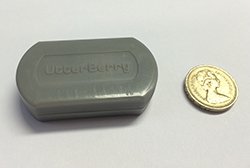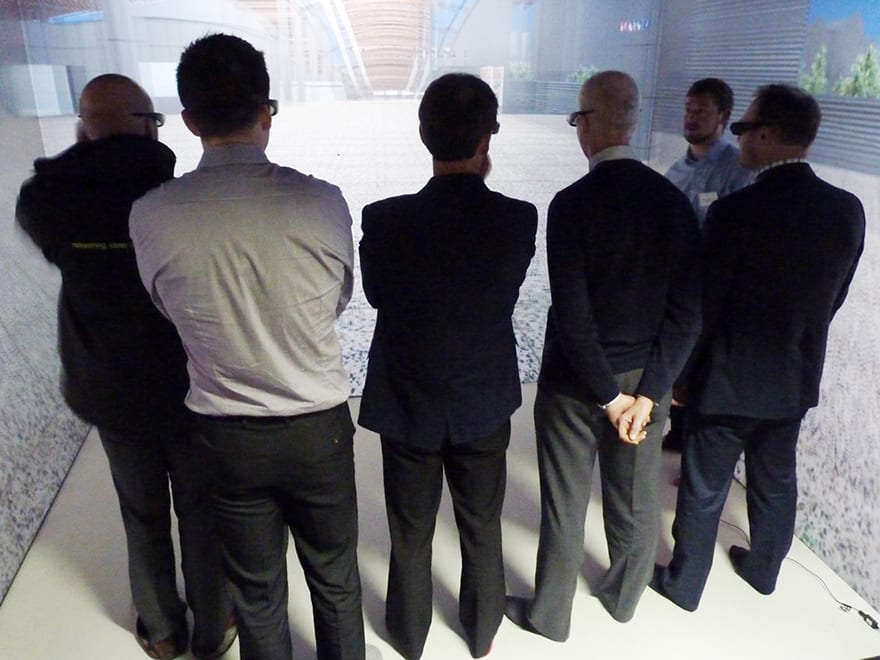BIM projects featured strongly in this year’s CIOB International Innovation and Research Awards – both in the Digital Innovation sector and the Innovation in Education and Training category.
In the former category, the first-placed Premier award winner was Utterberry, a tiny wireless sensor device deployed by the Costain Skanska JV to monitor subterranean movement in hard-to-access horizontal tunnels constructed during the Crossrail build.
The second-placed Merit award also went to a Crossrail scheme (pictured top), recognising a team within the BAM Ferrovial Kier joint venture at Farringdon that helped to upgrade Clearbox’s BIMXtra platform to cope with the high volumes of data generated on the project.
The awards submission explains that the Farringdon Station master model contains almost 200 models prepared by different designers, in different software. If the model contained all the relevant data on each component and element, it would become too unwieldy.

Premier award winner Utterberry
But the BIMXtra “middleware” system, originally developed in-house at Kier, holds the data separately, in design schedules with hyperlinks to the model, or vice versa.
At Farringdon, a BFK team worked with a Clearbox consultant to modify elements of BIMXtra and add new coding so that it could meet the demands of the team’s workflow. As the new functionality was rolled out, it was supported by training sessions, toolbox talks and workshops.
Third-place in the Digital Innovation Category went to an “immersive visualisation” project that allows teams of up to six people to feel they are standing within a CAD model at 1:1 scale, surrounded by contextual BIM data.
3D Move (Mobile Visualisation Environment) was developed at the University of Reading, and uses innovative technology to project the image onto a lightweight display screen.
The team, led by Dr Mallia-Parfitt Maxwell and Professor Jennifer Whyte, say that the project’s key benefit is its mobility. Just two people and a small van can take the system anywhere it might be needed – from head office to construction site.
The system has been road-tested by a group of young engineers working on Crossrail, and at an event when the simulation of Whitechapel station ran continuously for eight hours. The Reading team hopes that it will be able to commercialise its innovative, affordable system.

University of Reading’s 3D Move
In the Innovation in Education and Training Award category, Loughborough University took the Premier award for its BIM Hub project, led by Dr Robby Soetanto.
This is a real-time BIM collaborative design challenge bringing together Loughborough construction management students, Coventry University structural engineering students and future architects studying at Ryerson University in Canada.
Over the course of an academic year, the students regularly met online, using the GoToMeeting desktop sharing service, and mimicking the interaction required for Level 3 BIM. Three cycles have now been completed, and grants have been secured from private sponsors and the Higher Education Academy.
The team has also set up a project website, and is now developing guidance for other higher education institutions on implementing collaborative BIM into the curriculum.
In the same category, a Merit award went to a team led by Dr Andy Kung Wing at the City University of Hong Kong for developing a smartphone app for students called the Site Reconnaissance App.
Tutors would prepare an assignment that required fieldwork, such as looking at a selection of ongoing projects in relation to their sustainable construction features. Students record and share their findings via the app, building up a database on techniques in a short period of time.











